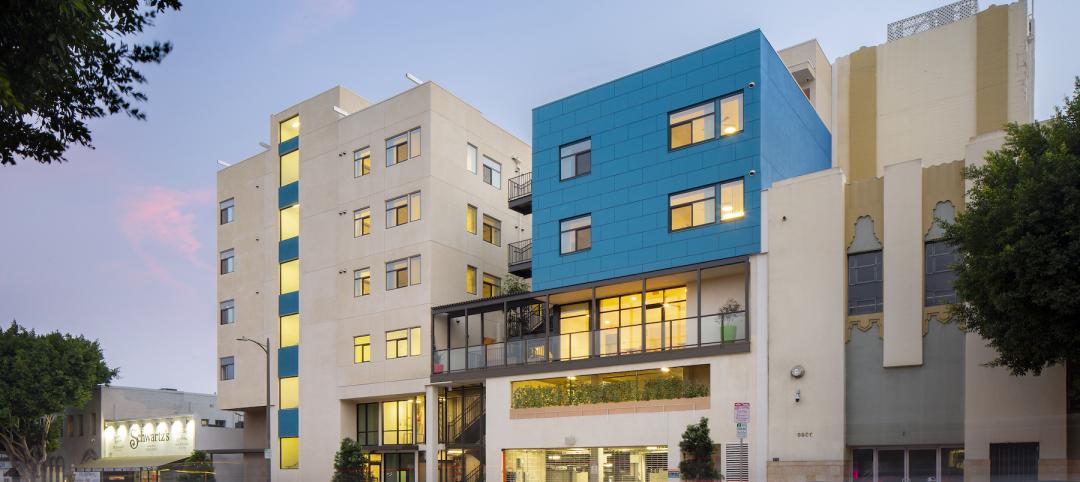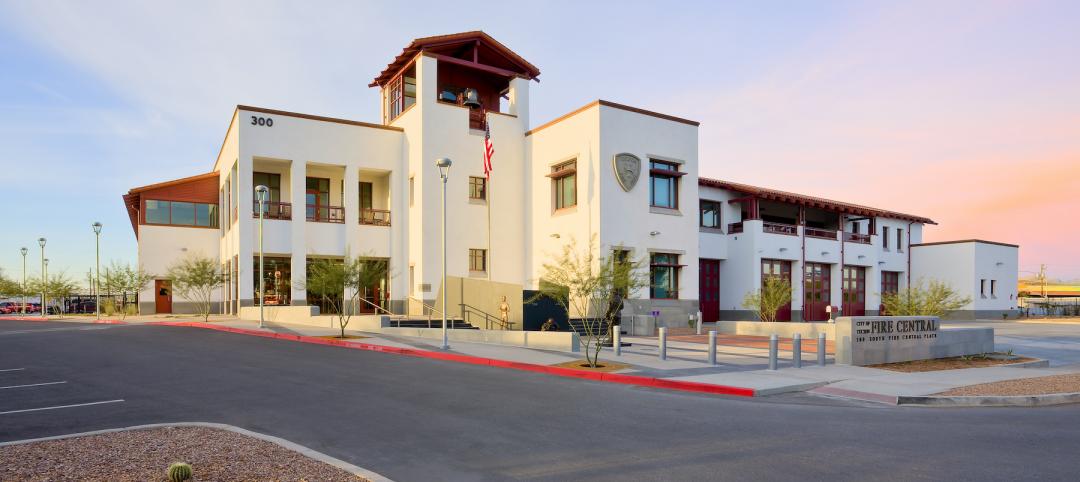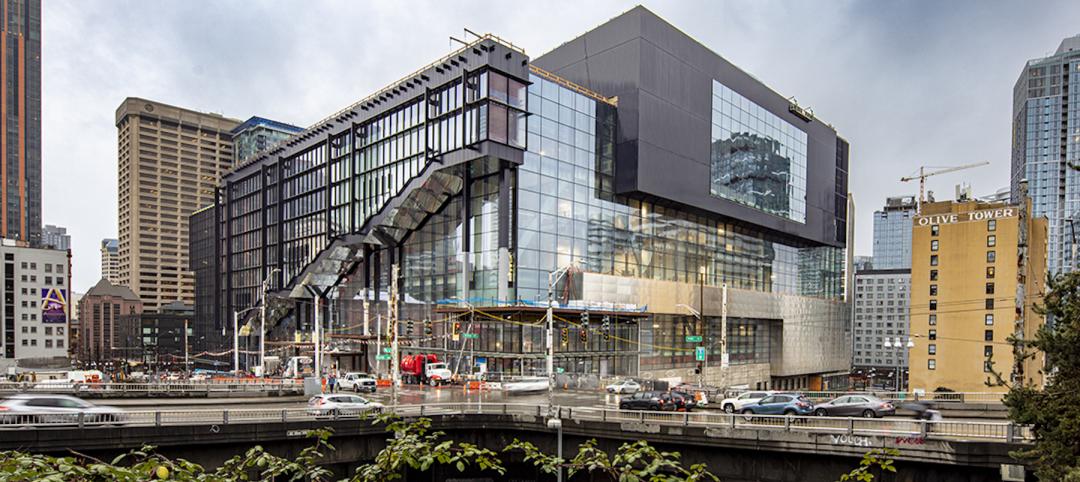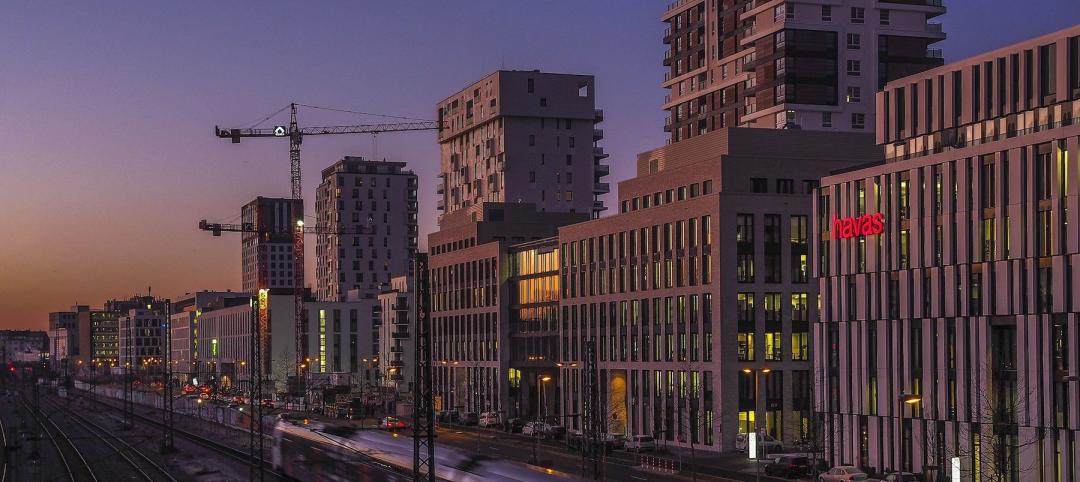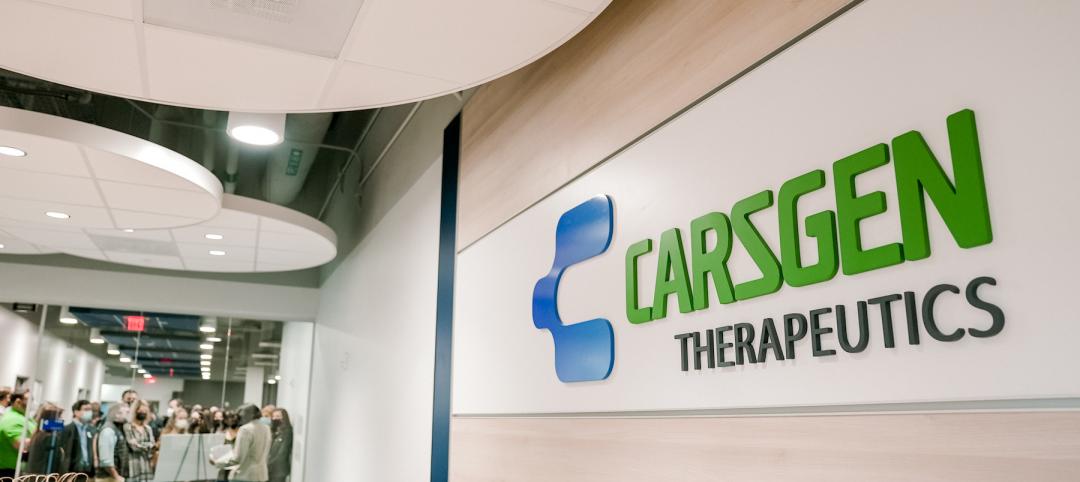Everybody has a plan until they get punched in the mouth. —Mike Tyson
Strategic thinking and decisive action have forever been hallmarks of resilient businesses. Pivot. Adjust. Do what’s necessary. Like swerving to avoid oncoming traffic, over the last year, AEC companies have navigated the unexpected roadblocks presented by a challenging economy. Firms that have injected creativity and resourcefulness in thoughtful and meaningful ways have ensured that their businesses remain viable and profitable in the short and long terms. These adjustments, whether made by choice or by force, may fundamentally change the trajectory of the industry.
SCALING UP AND OUT
One way that firms have pivoted is scaling their businesses by repositioning expertise, leveraging resources and strategically acquiring talent for competitive advantage. "Yes, we are pivoting and yes, it does make sense. Sometimes you need a crisis to sharpen your thinking and vision," said David Herd, managing partner of global engineering firm Buro Happold’s California region. With talk of a looming recession starting to percolate in late 2019, David and the Buro Happold leadership were already strategizing about accelerating the firm’s expertise beyond building systems to advisory, consultancy, prime consultancy, and project management—with a particular focus on the climate crisis, cities, campuses, corporate strategy, and the role of the trusted advisor. The pandemic reinforced and emphasized the need to pivot. Explained David, “The work wasn't going to come to us; we needed to go to the work and demonstrate both our capability and vision to deliver real outcomes—not just solutions.”
The Buro Happold leadership recognized 15 years ago that the firm’s core skills were transferable across multiple scales. For example, Buro Happold’s sustainability expertise could be scaled up from single buildings to climate action plans, sustainability plans, and overall corporate sustainability; environmental, social, and corporate governance; and carbon, water, waste, health, and resilience planning. In addition, the firm’s strategic consulting expertise could be expanded to include urban planning, mobility, and economic forecasting.
As a result, Buro Happold added specialized services such as people-flow modeling and new products such as SmartViz. It also leveraged its global footprint across 25 offices to convene the best and brightest, regardless of geography. Buro Happold also partnered with a number of global tech companies such as Microsoft and Azure, its cloud-based platform. In a major strategic shift, Buro Happold completed its first significant acquisition in the US by merging with Brightspot Strategy, a higher education campus planner and workplace strategy consultant. “The connection between staff, student, space, and systems is a sweet spot for our services and analysis tools,” explained David.
Leading up to and during the pandemic, Buro Happold tested its assumptions against reality. These new initiatives required a strategy based on the shifting market, dynamic feedback, and the response to the climate crisis and future forecasting. By reimagining the firm’s existing portfolio for a volatile, ever-changing world, Buro Happold expanded its client base. “We are entering a truly globally-connected business phase. The key to Buro Happold’s success will rely on our ability to step up to address the big issues of the day by creating bespoke neural networks of the best people around the planet to focus on answering these questions,” concluded David.
Similarly, since 2013, Seattle- and San Diego-based Miller Hull Architects had started to elevate the firm’s sustainability and net-zero leadership after completion of its Bullitt Center project, the first commercial building to achieve Living Building Certification. It is also certified as a Net Zero Energy and Net Zero Water building. In 2020 and beyond, Miller Hull started to refocus the firm’s expertise to emphasize sustainability and high-performance design. Committed to the goal of making all of its new projects carbon neutral by the end of this year, it is leading the pack by modeling the carbon footprint for all its future projects.
INVESTING IN DIGITAL
With a global pivot to WFH, many firms invested in digital tools to create meaningful pathways for customer engagement. Streetsense, a global creative company with expertise in design, marketing, and real estate, felt the impact of the pandemic almost immediately, given the firm’s hospitality, lifestyle, multifamily and commercial sector client base. Streetsense acted decisively last March, strengthening its IT and communications infrastructure to ensure viability and value as the firm’s core clientele started to put their projects on pause.
Before the pandemic, Streetsense created places for people to gather. But as towns, districts, communities, and cities were punched in the gut all at once, Streetsense chose to accelerate their expertise in digital interaction and branding. “The pandemic hasn’t suppressed our desire to connect with people, with each other, in meaningful ways; rather, it has highlighted our ingenuity to ensure that we continue to stay connected in multiple and different ways,” noted Brian Taff, CEO of Streetsense. “Now more than ever, we are focused on demonstrating how brands and places can bridge multiple channels to position their offerings to better connect with end users as digital engagement becomes an increasingly important part of the human experience.” Streetsense quickly created toolkits for best practices across all market sectors served by the firm including recovery, reopening, and survival guides for restaurants, bars, and hotels, and even entire commercial districts. Leveraging the firm’s growing digital expertise has proven to be fruitful: Streetsense has added engagements with municipalities to its portfolio of current projects.
EXPANDING CORE COMPETENCIES
Pivots don’t always need to be dramatic. Often, a firm’s core competencies can be the driver for new areas of expertise, especially if it expands its activity in sectors where it has a proven track record. Principal Christopher Alt, RA, of Studio Ma did just that, by building on the architecture firm’s expertise in award-winning higher education projects for such esteemed institutions as Arizona State University, Cranbrook Institute, and Princeton University. Over the last year, it has parlayed its educational experience into a novel engagement focused on diversity, equity, and inclusion for a new residential college at Washington University in St. Louis. As part of its scope for the new project, Studio Ma gathered information from underrepresented students about their perceptions of campus. In collaboration with the university, it used that feedback to create a more inclusive college experience and a meaningful connection to the diverse neighborhoods surrounding the school.
Based on the Washington University project, Studio Ma applied its acquired expertise in data collection, synthesis, and analysis to other clients. For Arizona State University, Studio Ma completed an in-depth housing assessment and is working on recommendations regarding resiliency and sustainability for US Department of State projects. "In addition, we’re employing design-phase computational data analysis and simulation tools to improve the performance of all project types, from public to private, large and small, as well as individual building components, such as facades,” says Alt. Right now, the firm is completing schematic design for a residential infill project in Phoenix. Studio Ma’s new research and analytic capabilities have positioned the firm for synergistic projects across the higher education and government spectrum. The firm is actively seeking new institutional and corporate clients that are interested in pursuing similar project goals.
Likewise, the pandemic accelerated a shift for Atelier Cho Thompson—a certified WBE firm in New Haven, CT and San Francisco—that placed a greater emphasis on the firm’s growing research practice. For example, the firm was engaged by the Los Angeles Unified School District to provide design services. This commission then expanded beyond the project’s original scope into a research project about food equity. This particular experience propelled the firm’s growth forward and opened doors to client engagements that break the boundaries of the traditional architecture framework.
SmithGroup executed a slightly different pivot by creating new pathways based on the knowledge of its in-house technology group. Working together, these experts developed analysis tools that informed planning and design decisions across multiple environments. “We took tools that rapidly tested social distancing guidelines through space planning scenarios and heatmapping for outdoor thermal comfort,” said Daniel Carfora, SmithGroup Principal. “In doing so, SmithGroup expanded its service offerings by exploring new ways to create safe indoor and outdoor spaces that minimized the transmission of Covid-19 and possibly future viruses. The increase of outdoor spaces also prompted the firm to look at how equity can play an enhanced role in making a more just, diverse, and inclusive public realm.”
STAYING THE COURSE
As the practices mentioned in this article have shown, the creativity and resourcefulness we’ve seen across the AEC landscape during the pandemic is inspiring. Some adjustments have been wholly strategic; others were prompted by circumstance, necessity, market dynamics, or clients. While the results have proven to be instrumental in short-term viability and success, these major and minor pivots can shape a company’s culture and trajectory for the long-term as well, and we plan to revisit each of the featured companies again in late 2021 to gauge the results of their decisions.
Related Stories
Concrete Technology | Apr 19, 2022
SGH’s Applied Science & Research Center achieves ISO 17025 accreditation for concrete testing procedures
Simpson Gumpertz & Heger’s (SGH) Applied Science & Research Center recently received ISO/IEC17025 accreditation from the American Association for Laboratory Accreditation (A2LA) for several concrete testing methods.
Senior Living Design | Apr 19, 2022
Affordable housing for L.A. veterans and low-income seniors built on former parking lot site
The Howard and Irene Levine Senior Community, designed by KFA Architecture for Mercy Housing of California, provides badly needed housing for Los Angeles veterans and low-income seniors
Building Team | Apr 18, 2022
Shive-Hattery Acquires WSM Architects
Shive-Hattery announces that it has acquired WSM Architects, Inc., a 13-person architecture firm in Tucson, Arizona.
Building Team | Apr 15, 2022
Frank Gehry to design his largest building yet for his hometown of Toronto
Famed architect Frank Gehry will design his largest building to date for his hometown of Toronto, Canada.
Healthcare Facilities | Apr 14, 2022
Healthcare construction veteran creates next-level IPD process for hospital projects
Can integrated project delivery work without incentives for building team members? Denton Wilson thinks so.
Industrial Facilities | Apr 14, 2022
JLL's take on the race for industrial space
In the previous decade, the inventory of industrial space couldn’t keep up with demand that was driven by the dual surges of the coronavirus and online shopping. Vacancies declined and rents rose. JLL has just published a research report on this sector called “The Race for Industrial Space.” Mehtab Randhawa, JLL’s Americas Head of Industrial Research, shares the highlights of a new report on the industrial sector's growth.
High-rise Construction | Apr 14, 2022
Seattle’s high-rise convention center nears completion
The new Washington State Convention Center Summit Building—billed as the first high-rise convention center in North America—is on track to complete most of its construction later this year.
Building Team | Apr 14, 2022
TLC Engineering Solutions, Inc. acquires Moye I.T. Consulting, LLC
TLC Engineering Solutions, Inc. (TLC) is excited to announce that Moye I.T. Consulting, LLC (Moye Consulting) has joined the TLC team, expanding the breadth of its IT and Technology capabilities, as well as its national portfolio.
Laboratories | Apr 7, 2022
North Carolina's latest play for biotech real estate development
The Tar Heel State is among a growing number of markets rolling out the welcome mat for lab spaces.
Multifamily Housing | Apr 7, 2022
Ken Soble Tower becomes world’s largest residential Passive House retrofit
The project team for the 18-story high-rise for seniors slashed the building’s greenhouse gas emissions by 94 percent and its heating energy demand by 91 percent.




